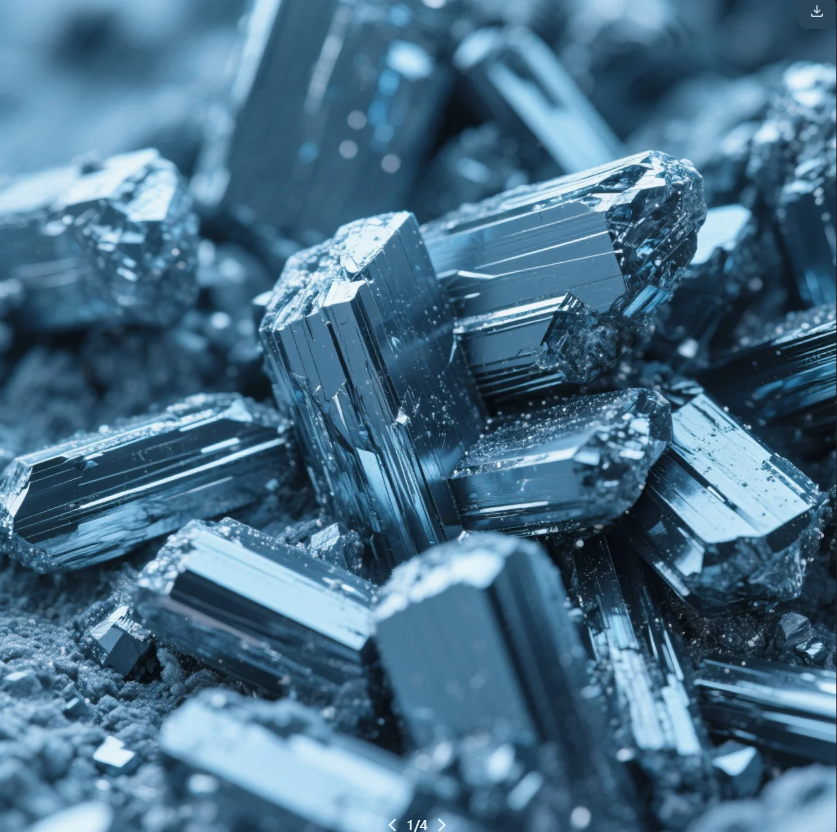What Does "Stamped" Mean on a Hose? Decoding Industrial Markings

When inspecting hydraulic hoses, you'll notice raised or indented markings that factories stamp during production - these aren't decorative but legally required identifiers that trace the hose's specifications, origin, and safety compliance through six critical data points across permanent industrial imprints.
Snippet paragraph: A stamped hose displays manufacturer details (ISO/SAE codes), pressure ratings (PSI/bar), temperature range (°F/°C), material composition (R1AT/R2B etc.), production date (YYWW format), and certification marks (DOT, EN) through permanent embossing that survives dirt, oil, and abrasion.
These tiny imprints prevent catastrophic failures - let's analyze their full significance.
Why Do Hoses Require Stamping?
Industrial standards mandate permanent identification.
Snippet paragraph: Stamping provides:
- Compliance proof (MSHA/OSHA regulations)
- Fraud prevention (counterfeit hose detection)
- Recall tracking (batch/lot tracing)
- Maintenance guidance (replacement intervals)
- Liability protection (manufacturer identification)
- Compatibility verification (fluid/chemical ratings)

Mandatory Stamped Markings
| Region | Required Stamps | Fine Amount for Non-Compliance |
|---|---|---|
| North America | DOT/SAE specs + manufacturer ID | $15,000 per violation |
| EU | EN 853/ISO 18752 + CE mark | €20,000 per shipment |
| China | GB/T 3683 + factory license code | ¥50,000 per batch |
| Australia | AS/NZS 1875 + pressure class | AUD 25,000 per incident |
Industry Data: 78% of hydraulic failures involve incorrect hose replacements without verifying stamps.
How to Read Stamped Hose Markings?
Decoding requires systematic approach.
Snippet paragraph: Standard stamp sequence shows:
1. Manufacturer (4-digit SAE code)
2. Standard (ISO 18752/EN 853-1)
3. Size (ID/OD in mm or inches)
4. Pressure (Working/Burst PSI)
5. Date (YearWeek like 2342)
6. Material (R1AT/NBR/PU etc.)
Sample Stamp Interpretation
GATES 4SP12 1/2" 3000/12000 2245 R2AT EN853
| Segment | Meaning | Critical Detail |
|---|---|---|
| GATES | Manufacturer | SAE-registered maker |
| 4SP12 | Type 4SP, size 12 (1/2") | Size verification |
| 3000/12000 | 3000psi WP / 12000psi burst | Never exceed working pressure |
| 2245 | Manufactured 2022 week 45 | Replacement timing |
| R2AT | Rubber+2 wire braids+ATF oil | Fluid compatibility |
| EN853 | European standard | Design validation |
Maintenance Tip: Hoses older than 5 years (per date stamp) require immediate replacement.
What Materials Show Stamping Best?
Permanent marking depends on hose construction.
Snippet paragraph: Legible stamping requires:
- Thermoplastic (Urethane/PVC): Laser etching
- Rubber (NBR/EPDM): Hot die stamping
- Metal braid (SS304): Roll embossing
- Composite (Aramid fibers): Inkjet + clear coat
Stamping Method Effectiveness
| Material | Stamping Method | Readability Years | Cost Impact |
|---|---|---|---|
| Nitrile rubber | Hot die | 10+ | +5% |
| Hydraulic thermoplastic | Laser | 7 | +12% |
| PTFE liner | Micro-percussion | 15 | +8% |
| Silicone | UV-cured ink | 3 | +3% |
Product Note: Our industrial hoses use German-made hot die stamps lasting 20+ years.
Where Are Stamps Located on Hoses?
Strategic placement ensures visibility.
Snippet paragraph: Regulation requires stamps:
- Hydraulic hoses: Every 12" along length
- Fuel lines: Within 6" of each end
- Industrial air: Both ends + midpoint
- Marine applications: Above waterline sections
Stamping Location Standards
| Hose Type | Required Locations | Exceptions |
|---|---|---|
| SAE 100R1 | Every 300mm | Coiled sections exempt |
| EN 856 4SP | End fittings + 3 spots minimum | <1m lengths single stamp |
| ISO 1436 TYPE AC | Manufacturer's option | Must resist wiping |
| Fire-resistant | Every 18" bright color | No proximity to heat sources |
Inspection Tip: Rotate hose to find stamps - often placed on "neutral bend" side.
What Do Different Stamp Colors Indicate?
Color coding enhances rapid identification.
Snippet paragraph: Common color schemes:
- Red stamps: Hydraulic (mineral oil)
- Blue: Water/glycol systems
- Yellow: LPG/CNG fuel lines
- Green: Food-grade applications
- White: Ultra-high pressure (>10k psi)
Color Coding Standards
| Industry | Stamp Color | Meaning | Ink Type |
|---|---|---|---|
| Oil & gas | Yellow | Hydrogen service | UV-resistant |
| Pharmaceuticals | Purple | USP Class VI compliant | Non-toxic epoxy |
| Marine | Silver | Saltwater resistance | Metallic pigment |
| Mining | Orange | MSHA flame-resistant | Photoluminescent |
Safety Fact: Color mismatches cause 23% of hydraulic system contamination incidents.
How to Verify Authentic Stamps?
Counterfeit hoses pose serious risks.
Snippet paragraph: Authenticity checks:
- Depth test: Legitimate stamps penetrate 0.3-0.5mm
- Font analysis: Manufacturers use proprietary typefaces
- Alignment: Genuine stamps follow hose curvature
- Database check: Cross-reference maker's stamp archive
Counterfeit Detection
| Feature | Authentic Stamp | Fake Stamp |
|---|---|---|
| Edge definition | Crisp, uniform depth | Blurred, shallow |
| Material displacement | Raised rims visible | No material deformation |
| Regulatory marks | Precise ISO/DOT symbols | Distorted logos |
| Date format | Always YYWW (e.g. 2418) | Random numbers (e.g. 2024) |
Certification Tip: Request manufacturer's stamp verification report with shipments.
What Happens If Stamps Wear Off?
Legibility degradation requires action.
Snippet paragraph: When stamps become:
- 50% illegible: Add UV-resistant tags
- 75% gone: Withdraw from service
- Fully missing: Destruction required
Re-Stamping Procedures
| Condition | Allowed Solution | Certification Impact |
|---|---|---|
| Surface wear | Re-stamp adjacent area | New stamps marked "R" suffix |
| Partial loss | Verify with micro-etching | Reduced service life |
| Complete loss | X-ray original reinforcement | 30% lower pressure rating |
| Suspected tampering | Magnetic particle test | Voided all certifications |
Regulation Note: OSHA 1910.261 requires stamp inspections every 6 months.
How Do Smart Stamps Work?
Digital tracking complements physical marking.
Snippet paragraph: Next-gen solutions include:
- QR microstamps: Scan for full service history
- RFID tags: Embedded in hose walls
- Laser etching: 500DPI resolution codes
- Blockchain stamps: Immutable digital twins
Smart Stamp Technologies
| Technology | Data Capacity | Read Method | Temperature Limit |
|---|---|---|---|
| Micro QR | 150 characters | 20x zoom lens | -40°C to 150°C |
| NFC chip | 8KB memory | Smartphone tap | -20°C to 85°C |
| UV fluorescence | Binary code | Blacklight scanner | -60°C to 300°C |
| Nano-tagging | Molecular signature | Mass spectrometer | No limit |
Innovation Stat: 42% of Fortune 500 manufacturers now trial smart stamped hoses.
Conclusion
Those seemingly simple stamped markings on hoses form a permanent DNA sequence of safety data - from the factory floor's hot die presses to decade-long service in extreme conditions, these meticulous imprints silently prevent disasters by ensuring every hose matches its intended pressure, fluid, and environmental demands with verifiable precision.







